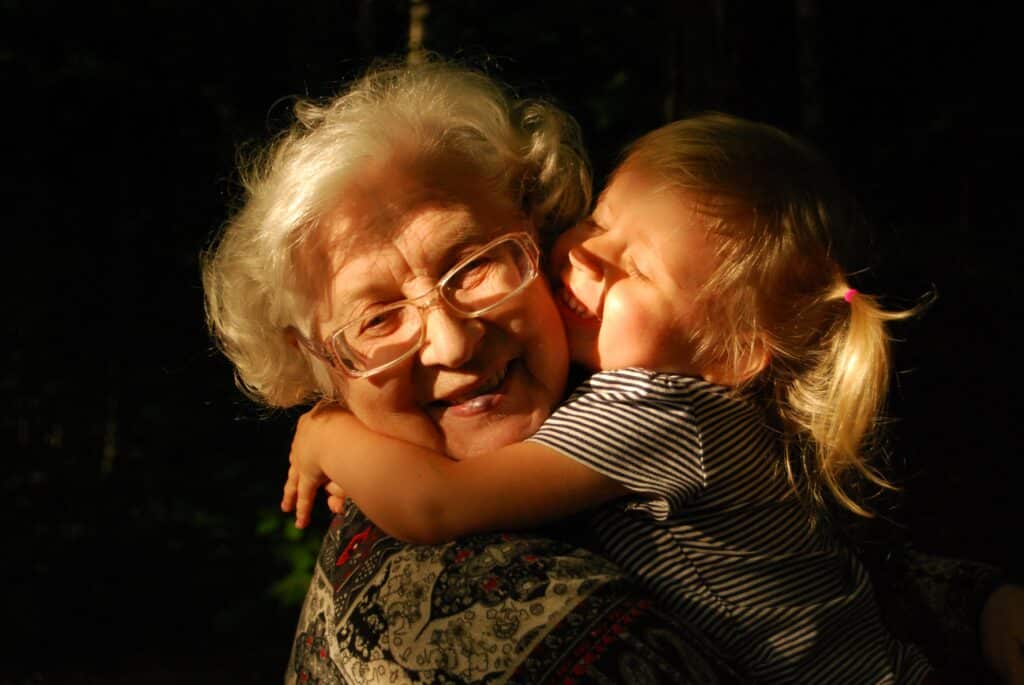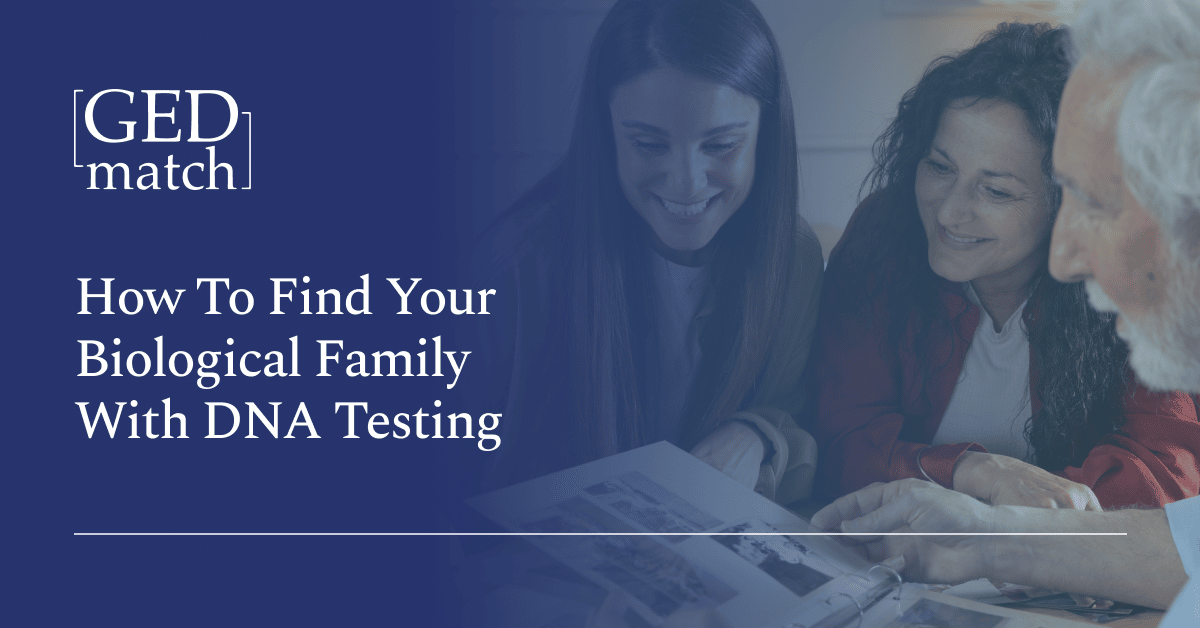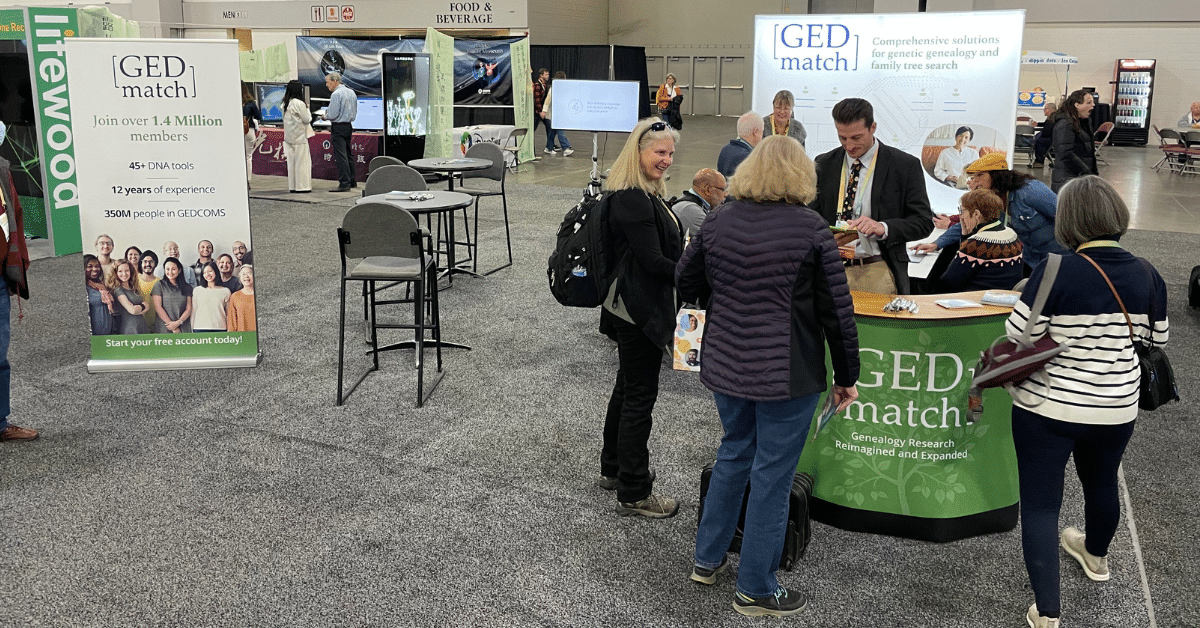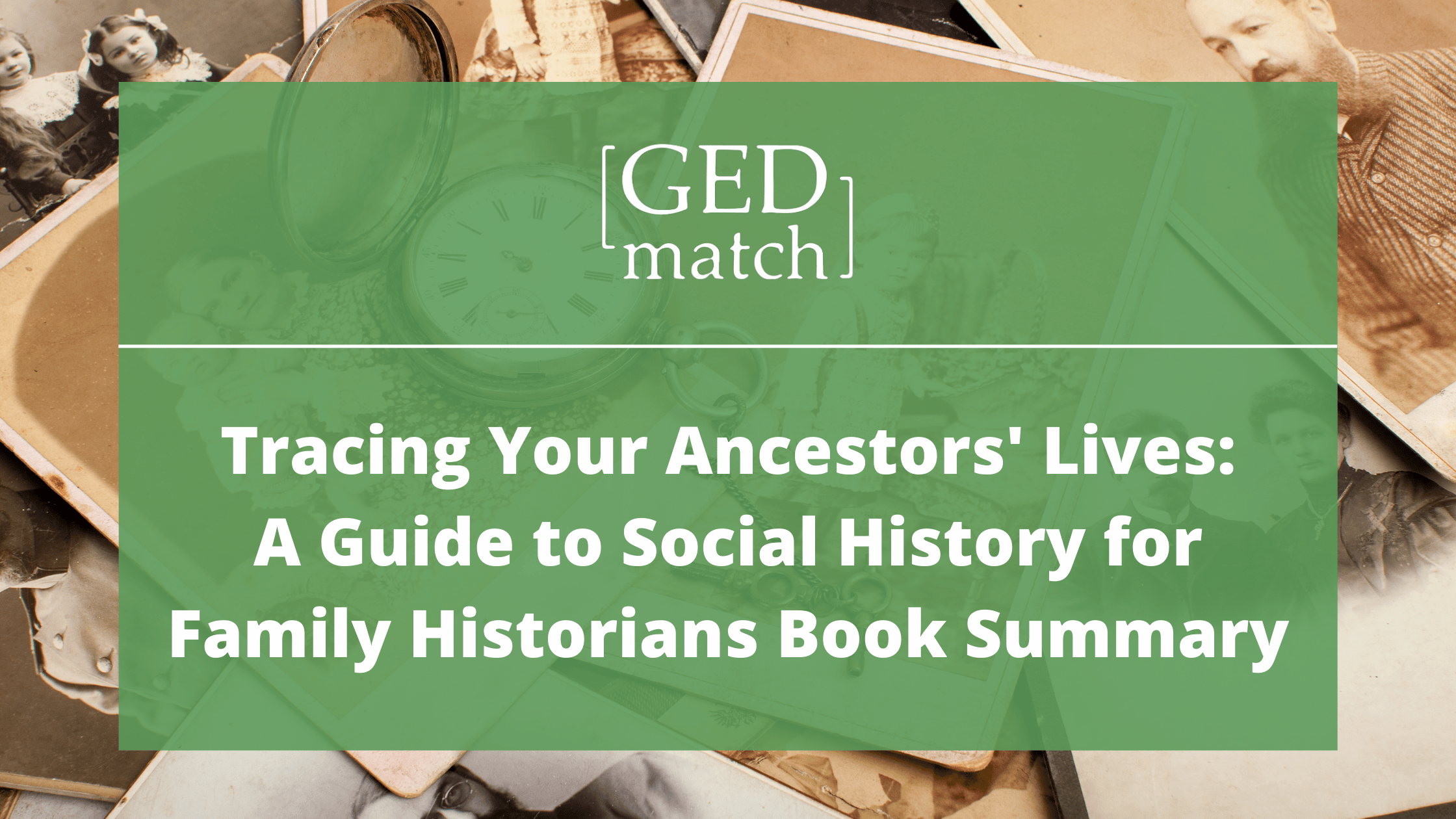Between 1945 and 1975, millions of children in the United States were placed into adoption. Formal adoptions peaked in 1970 at 175,000, but there were also many informal adoptions that were not documented in the courts. Many people who were adopted or do not know their parents turn to DNA testing in order to find and connect with their biological families or learn more about their ancestors. Although DNA testing does not always provide immediate results, it can be a helpful tool, especially when used in conjunction with traditional genealogy research. With some patience and perseverance, many people have been able to find the answers they are seeking.
DNA Testing and GEDmatch Result Comparison
Adoptees have many options when it comes to DNA testing. One of the best tests to take is an autosomal DNA test (atDNA). This type of test can be taken by males or females and will provide matches within 5 to 6 generations on both sides of the adoptee’s family. There are now several companies that offer genetic testing services to the public. These companies will not only provide you with an ethnicity report but also a list of DNA matches.
The popular DNA testing companies are 23AndMe, Ancestry, tellmeGEN and MyHeritage DNA. Once you get your results from one of these companies, the best thing to do next is to upload your results to GEDmatch – where you can compare results with people who used one of the other DNA testing companies and thus widen your possibilities of finding your biological family.
Find Birth Parents Who Haven’t DNA Tested
When you take a DNA test in order to find your biological parents, you might get lucky and find them right away. However, sometimes it can be difficult to track down your matches. Although you may be matched with more distant relatives, don’t be discouraged. Even a cousin who shares only 3% of your DNA may be able to help you locate your birth parents.
Reach out to us with any information you have about your birth and/or adoption, no matter how small. Every detail could help us verify the information, connect the dots, and ultimately help you find your birth parents. There is no one answer when it comes to searching for your birth parents. However, many of our users have found our ethnicity results to be helpful in their search. Knowing your own ethnicity can give you insights as to where your parents were from and may also help you narrow down DNA matches that could be most helpful to you. For example, let’s say you know your mother was African and your father European. In this case, a DNA match with African ethnicity could be more likely from your mother’s side. Keep this in mind as you continue your search – every piece of information helps!

Pedigree Charts Can Help You Find Common Ancestors
To find out whether you and your match are related, take a look at your pedigree charts. For example, second cousins share great-grandparents, so you’ll be able to tell that one set of your match’s great-grandparents is also your great-grandparent. By checking your pedigree charts, you can discover any common ancestors you may have.
Your testing company determines your relationship with someone based on how much DNA you share with them, which is measured in centimorgans (cM). However, because DNA is inherited randomly, the amount of shared DNA can vary between different relatives. For example, two relatives who share 250 cM could be second cousins, first cousins twice removed, or have some other genetically equivalent relationship. To figure out your actual relationship, compare the number of shared centimorgans to a table like the one below, which shows ranges of shared centimorgans for known relatives who have done a DNA test.
Mentally Prepare For Your Results
Make sure you are ready for any possible outcome – sometimes the real story can be a harsh reality. Any discovery will affect the other person too, who likely doesn’t know you exist. You need to balance your right to know with their right to not know. There are no set rules on how this should work. Just try to keep your expectations minimal and emotions balanced. A good network of friends you can talk to is always a bonus, but you can find people to talk to in groups such as DNAAdoption Community and Search Angels.
Narrow Your DNA Results
Use GEDmatch free tools. For example, The GEDmatch One-to-One tool lets you examine the details of your DNA and compare it to your matches by comparing chromosomes. The information One-To-One GEDmatch tool helps you learn just how closely related you are to your matches and demystify family tree questions! With the One-to-Many GEDmatch Tool You can find out exactly how much DNA you share with your match!
Collecting a sample of your genetic material for testing is quick and easy. With just a swab of the inside of your cheek or a spit of saliva into a tube, you can open up a world of possibilities in terms of finding long-lost family members. Depending on the testing company you use, you could have results in as little as minutes. Once you have your results, to widen your search, upload your raw DNA data to GEDmatch for free, and compare results from other testing companies – good luck!




